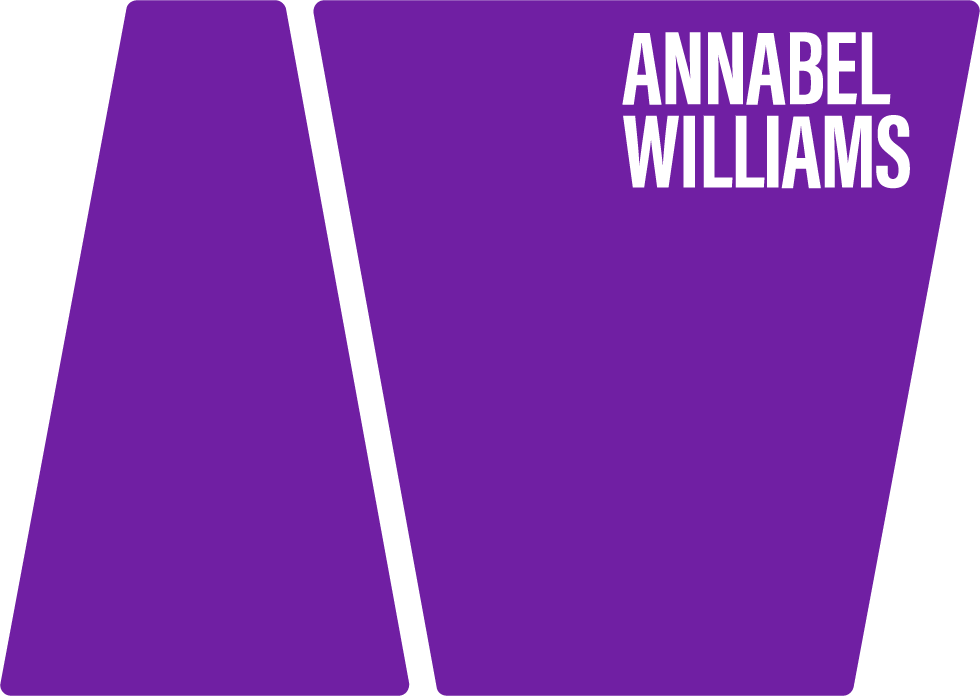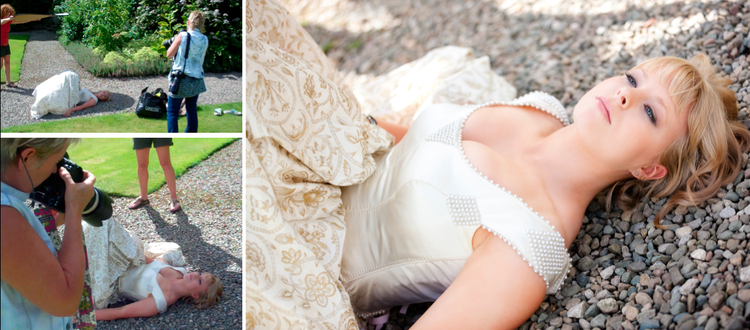How do you find topshade AND an interesting background?
Q. How do you find topshade AND an interesting background? I can usually find one or the other, but not always together.
Do you mean to look for an overhang on bright sunny days only and to always be on the lookout for an interesting background, overhang or not? I assume the overhang is not necessary on an overcast day when the light is softer. Could you please clarify?
– Rhonda Marineau, Nova Scotia, Canada
A. Hi Rhonda,
You’re right that you can’t always have a great background and good top shade – but I would go for top shade over background if I was doing a close up shot, where the soft light needs to look really good on the face. If the background is really important and there is no top shade I would turn the face to the side, or shoot from the back, or wait until a cloud comes over to create soft light. If the subjects don’t like themselves in the picture it doesn’t matter how great the background is! They will only be interested in how good they look.
I find the most flattering light is under top shade (overhang) and when I want a really flattering close up shot that’s what I use. I look for porches, roofs, doorways, trees, etc. to shade bright or uneven light from the face – top shade creates a much softer, natural and even light.
Its vital to get flattering light for close up shots as harsh light shows up flaws in the skin. Even with children, their faces will not look as good if the light is patchy.
All sorts of rubbish back grounds can look great when you only use a small section, and they are fairly out of focus. Use F4 or F2.8 on a zoom lens to achieve this. Look for textures and shapes, things that look good out of focus.
Top shade works well for close ups – all the shots above are shot in porches, garages, doorways, etc. – and because they are close up you can’t see much of the background, so it doesn’t really matter what it is, so long as it’s out of focus.
Background
If I wanted to see the background then I would place the person further away from it, and I am unlikely to find top shade in this situation. But because their face would be further away, and smaller in the overall picture, the detail in their face would not be so noticeable and therefore the light does not have to be perfect. However, I would still be looking for soft light and would achieve this by either having the sun behind them, and taking the exposure of the face – in which case the background would go lighter, but hopefully still look great (or sometimes even better).
Or when you can’t avoid the sun, and it’s directly on their face, then I would be shooting with the person not looking at the camera – so if they are facing sideways for example, the light does not have to be as flattering. Young people with fabulous bone structure look great in any light – but the majority of people need softer light!
Above: All these pictures are shot in bright sunlight without any top shade – but it doesn’t matter because they are not looking at me, so the light on their face is not as important. The backgrounds are more important here.
Variety
I usually take a variety of shots in several different places; creating a kind of story or collage, rather than looking for one perfect shot. Therefore I can take some very flattering close up shots (under top shade with a small area of background), plus some shots where they are further away and I am showing more of the background – so I am using different areas at different times. Sometimes I go for backgrounds, and sometimes for top shade, as my photos are usually part of an overall set.
It really depends on what you want to shoot. If it’s a close up face, then I ALWAYS use top shade (unless they look like models) – because the light is so much more flattering, and the person is more likely to like themselves on the picture, than if the light is harsh and every flaw, wrinkle and spot shows up!
Overcast Days
On an overcast day the light is usually more flattering – but I often use top shade for close ups whenever I can as it makes it even softer.
Above: On an overcast day, the light is usually very soft and flattering – the solid layer of cloud above acts as top shade and provides soft light.
Reflectors
If you love the background but are struggling to get flattering light on the face, ask someone to hold a reflector over the person to shade the light – you can use anything to do this, a towel or a coat for example!
Above: Use a reflector (or a towel or coat will work just as well) to shade the harsh light from the face, to create a soft image but keep patches of sunlight in the background.
Recap
I usually use top shade to get really flattering close up shots, but I also add in shots which are taken without top shade if I love the background and can still flatter the person in another way. This is usually shooting a wider shot and asking them to look to the side if it’s sunny – or on overcast days you have much more choice of where to shoot.
I hope this clarifies what I’m talking about in so many of my blogs!
For more ideas on finding top shade, check out this blog: HOW TO: Find beautiful light on your doorstep






